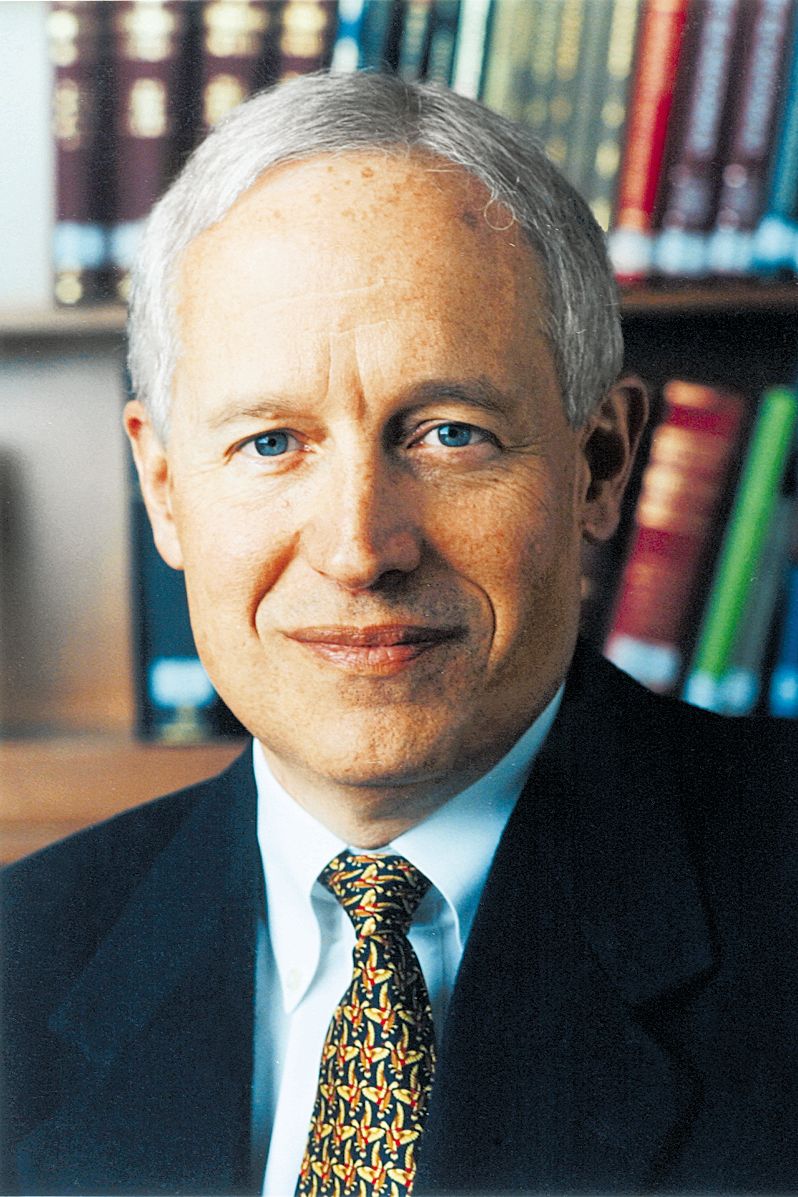Article
Ophthalmic funding faces uncertain future
With a decline in research funding over the years, it is hoped by many that the Affordable Care Act will be the relief needed to keep the field growing and desirable to future ophthalmologists.
Take Home
With a decline in research funding over the years, it is hoped by many that the Affordable Care Act will be the relief needed to keep the field growing and desirable to future ophthalmologists.

Dr. Olson
By Rose Schneider, Content Specialist, Ophthalmology Times
Salt Lake City-Funding for ophthalmic research continues to be in a state of flux.
Though the Affordable Care Act (ACA)-also referred to as “Obamacare”-was the answer for which many physicians hoped would alleviate the issue, Randall J. Olson, MD, said it is too early to determine the health-care overhaul’s impact.
“We can guess and throw out a bunch of different possibilities and say which of these is going to take traction or not, (but) that’s just guessing,” said Dr. Olson, professor and chairman, Department of Ophthalmology and Visual Sciences, and chief executive officer, John A. Moran Eye Center, University of Utah School of Medicine, Salt Lake City.
Dr. Olson blamed the ACA’s “stormy” rollout this last fall for the confusion surrounding its future impact.
However, politics also played a role in the ACA’s troubled start, which is not good for ophthalmic researchers, he added.
“Politically-because, indeed sadly, the ACA has become a very big political hot potato-it’s not a red or blue issue,” Dr. Olson said. “This funding of our core basic research-which is our feedstock for the future-is not being invested in and not taken seriously.”
Instead, focus should be taken much more intensely on ophthalmic research, as funding for the field has been in rapid decline for more than 30 years, he noted.
Research funding crisis
Even if a grant is approved in time, “there are always a few months [during which] the National Institutes of Health (NIH) says: ‘We’re not ready to fund it yet,’ and you’ve got to be in place to cover that,” Dr. Olson explained.
For instance, where researchers could often cover themselves well if they had a couple of grants, Dr. Olson said in his experience, “at best you could cover 80% of the cost.”
When considering what won’t be funded-the pilot studies necessary-for every new $1 million of NIH funding, researchers would have to come up with about $300,000 to keep their project together.
“This is a tragic situation,” he said. “It’s discouraging many of the best and brightest who wanted to pursue research. They’re looking at this and saying: ‘You know, to be an independently funded person is a pretty difficult thing when I see senior members who have been successful for years and years, who are well regarded in the field, and they’re not getting funding.’”
Because of these issues, Dr. Olson said he fears the ophthalmic research community is facing a crisis.
“We are at a point where only the strongest is going to be able to pay,” he said. “All those that have well additional funding, we’re going to see some of our best and brightest no longer be attracted to this area.
In addition, Dr. Olson said the field could also be in danger due to “dramatic” cutbacks of ophthalmology research from several of the major groups involved in providing new ophthalmic products.
“I’m concerned about the United States losing its competitive edge,” Dr. Olson added.
ACA and research can unite
All hope is not lost, however. Though no one can foretell how the ACA will impact ophthalmic research funding, there definitely will be some form of benefit, Dr. Olson noted.
“The general rule of thumb is we’re having a hard time figuring out how to have enough money to pay for a lot of the different needs that are there,” he said.
That is where the ACA comes into play, Dr. Olson added.
Outcomes research is the area that will likely reap the most benefit from the health-care overhaul, he said.
“(ACA) could increase our research funding, although it may crowd out traditional types of research and be more of outcomes research-re-engineering . . . looking at better ways and processes moving forward,” Dr. Olson said.
It is important to remember, however, that the increase of funding will not be going toward any kind of historic new treatments, Dr. Olson said, as outcomes research will never be that way. Instead, he explained, it will be an engineering process that will slowly improve.
“It doesn’t take much of the general overall cost of the bill,” Dr. Olson said, “if you can show that these kinds of projects that work in place actually result in overall savings.”
Additionally, if Congress is willing to re-invest part of those savings into additional such research, “this could be a dramatic increase and very important,” he said.
Nevertheless, the future does remain uncertain.
“Stay tuned and watch this very carefully, because one way or another we’re going to see major change going forward,” Dr. Olson said.
Subscribe to Ophthalmology Times to receive the latest clinical news and updates for ophthalmologists.
Newsletter
Don’t miss out—get Ophthalmology Times updates on the latest clinical advancements and expert interviews, straight to your inbox.




